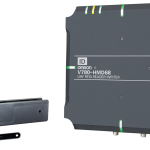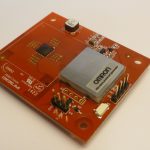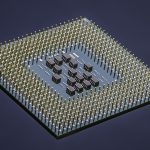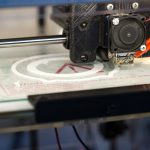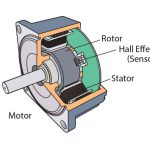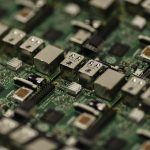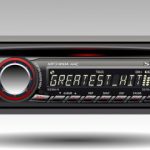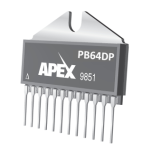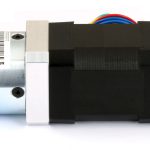
The Internet of Things (IOT)
Low-power wireless Internet of Things (IoT) technologies are showing up all over the world, from household to shops and industries and towns together with other technologies such as fitness and health, linking all saving, downloading and exchanging information via the cloud. Interconnection appears to be in its way to being one of those fundamental rights. Personalized reasonably high-speed access from mobile wireless technologies gave consumers the superiority complex to connectivity. It is no longer a restrained privilege for the few. Rather, it is a necessity that the masses demand. As we go about our daily tasks, information is collected from us. But there is so much more that can be detected, and the growth in involvement in large-scale wireless sensor nodes linked to online network and rear-end servers is attracting many implementations to adopt IoT communication for their particular needs.
The wireless MCU aims low-energy Wireless models with a focus on low-energy wall wart battery life. Multi-protocol wireless MCUs like this really provide fast ways to identify and build communication systems over the 2,4-GHz ISM band with ZigBee, RF4CE, 6LoWPAN and Bluetooth Smart. The wireless MCUs share a similar design on one chip with an optimized RF transceiver and ARM Cortex-M3 MCU to operate the networking stack and tailored apps without losing battery life. Wireless technologies need a gateway or a tablet or smartphone to link to the cloud in the cases of Bluetooth Smart. Wi-Fi, however, links directly to the Internet, making it a crucial IoT implementation standard. Wi-Fi-targeted systems, such as the SimpleLink network processor and Wi-Fi mobile MCU, offer communication of 802.11 b / g / n. The networking processor can be an extension to an existing MCU and works to relieve the host processor rather autonomously.
Features of CC2650 MCU
Microcontroller
- Strong ARM ® Cortex ® -M3
- EEMBC CoreMark ® Score: 142
- Up to 48-MHz Clock Speed
- 128 KB SRAM In-System Programmable Flash
- 8 KB Cache
- 20 KB Ultralow-Leakage SRAM
- 2-Pin cJTAG and JTAG Debugging
- Over – The-Air Update Support (OTA)
Peripherals
- All Digital Peripheral Pins Can Be Routed to Any GPIO
- Four General-Purpose Timer Modules (Eight 16-Bit or Four 32-Bit Timers, PWM Each)
- 12-Bit ADC, 200-ksamples/s, 8-Channel Analog MUX
- Continuous Time Comparator
- Ultralow-Power Analog Comparator
- Programmable Current Source
- Real-Time Clock (RTC)
- AES-128 Security Module
- True Random Number Generator (TRNG)
- 10, 15, or 31 GPIOs, Depending on Package Option
- Support for Eight Capacitive-Sensing Buttons
- Integrated Temperature Sensor
- UART
- 2× SSI (SPI, MICROWIRE, TI)
- I2C
- I2S
External system
- On-Chip internal DC-DC Converter
- Very Few External Components
- Seamless Integration with the SimpleLink™ CC2590 and CC2592 Range Extenders
Low power
- Wide Supply Voltage Range
- Normal Operation: 1.8 to 3.8 V
- External Regulator Mode: 1.7 to 1.95 V
This sensor controller is suitable for syncing external sensors and automated data collection while the rest of the system is in sleep mode. The CC2650 system is therefore suitable for applications across a wide variety of products like automotive, consumer products, and medical applications.






